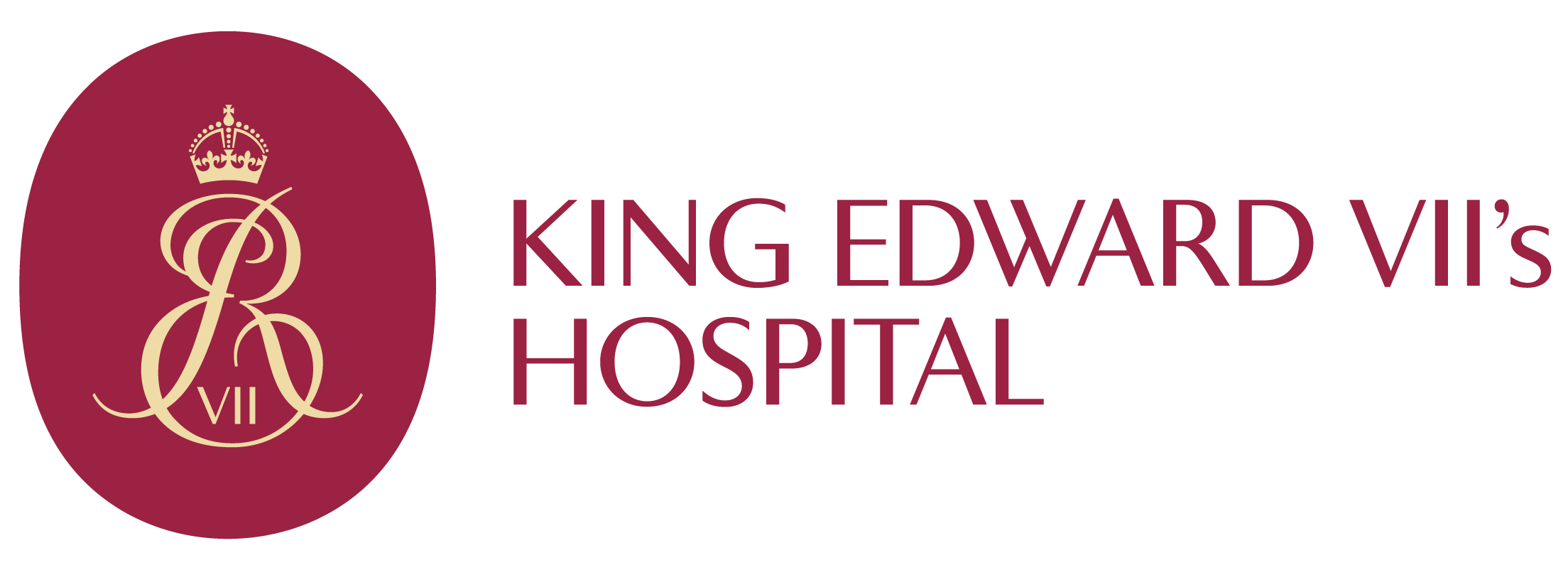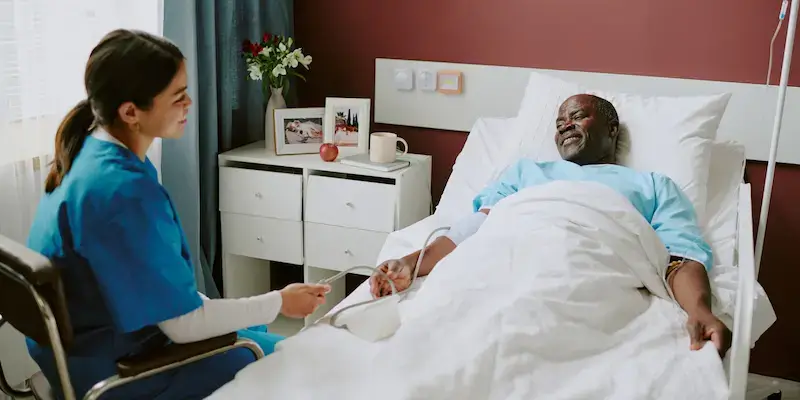Home >
Primary open reduction and internal fixation of long bone surgery
Get rapid access to our leading specialists.
This kind of surgery, also known as open reduction internal fixation, or ORIF surgery, is a surgical way of fixing badly broken or multiple broken bones.
Learn more about ORIF surgery at King Edward VII’s Hospital
Why would I need primary open reduction and internal fixation of long bone surgery?
If you’ve badly broken a long bone such as in your arm or leg, that your doctor doesn’t think will repair naturally in a plaster cast, you may benefit from this kind of surgery to repair the bone to give you the best chance of recovery and normal movement.
What symptoms does primary open reduction and internal fixation of long bone surgery address?
Primary open reduction and internal fixation of long bone surgery is used to fix shattered, severely broken bones together using surgical pins, plates, rods or screws. It’s also used to fix bones broken in multiple places or bones that have pierced through the skin or moved position.
When should you speak to your GP about primary open reduction and internal fixation of long bone surgery?
Usually this kind of surgery is advised in an accident and emergency department and is undertaken in an emergency situation, so your GP wouldn’t normally be your first port of call.
How is primary open reduction and internal fixation of long bone surgery performed?
Primary open reduction and internal fixation of long bone surgery is performed in two parts under a general anaesthetic. How long surgery takes and how long you may spend in hospital depends on the bone that’s broken and to what extent.
The first part of the procedure is open reduction. This involves your surgeon making a surgical cut into the skin covering the broken bone(s) and physically manoeuvring the bone(s) back into position.
Your surgeon may take x rays to ensure the bones are properly in place. Then they will carry out the second part of the operation, internal fixation. They will use medical grade metal pins, plates, rods and/or screws to hold the bones or fragments of bone together.
They will then stich up the open wound and dress it accordingly.
What is the recovery like for primary open reduction and internal fixation of long bone surgery?
Your recovery from primary open reduction and internal fixation of long bone surgery will depend on multiple factors, including your age, fitness level and the nature and severity of your broken bone(s).
You may have a series of x rays and MRI scans to ensure the bone is healing and your metal fixings may or may not be removed once the bone has healed. You may also require physiotherapy to regain full freedom of movement.
Are there any risks/complications associated with primary open reduction and internal fixation of long bone surgery?
As with any medical procedure, it’s possible for risks or complications to arise. Speaking with your GP or surgeon beforehand will help you avoid any adverse reactions.
Primary open reduction and internal fixation of long bone surgery has a relatively low risk of serious complications, but the following risks and complications can occur in a small number of cases:
- Blood clots leading to deep vein thrombosis (DVT)
- Nerve, muscle or blood vessel damage
- Stiffness or numbness
- Mobility problems
Where can I learn more about primary open reduction and internal fixation of long bone surgery?
Your emergency doctor or surgeon will be able to provide you will all the information you need at the time, and your GP will be able to provide support afterwards if you need it.
How can I prepare for primary open reduction and internal fixation of long bone surgery?
Such broken bone surgery usually needs to be performed as soon as possible so the usual advice for preparing for surgery (losing weight, being active and quitting smoking) isn’t relevant. Your surgeon will inform you if there’s anything you should do, such as refrain from eating beforehand.
Are there alternatives for primary open reduction and internal fixation of long bone surgery?
It isn’t usually advised that a severely broken bone is left without repair. Less severely broken bones respond well to immobilisation with a plaster cast to allow the bones to naturally fuse, followed by physiotherapy if necessary.
Call 020 3925 1015 or fill in your details below to make an enquiry
Need further help or advice?
Contact our team for enquiries or information.
If you need to contact us in any other way, please go to

